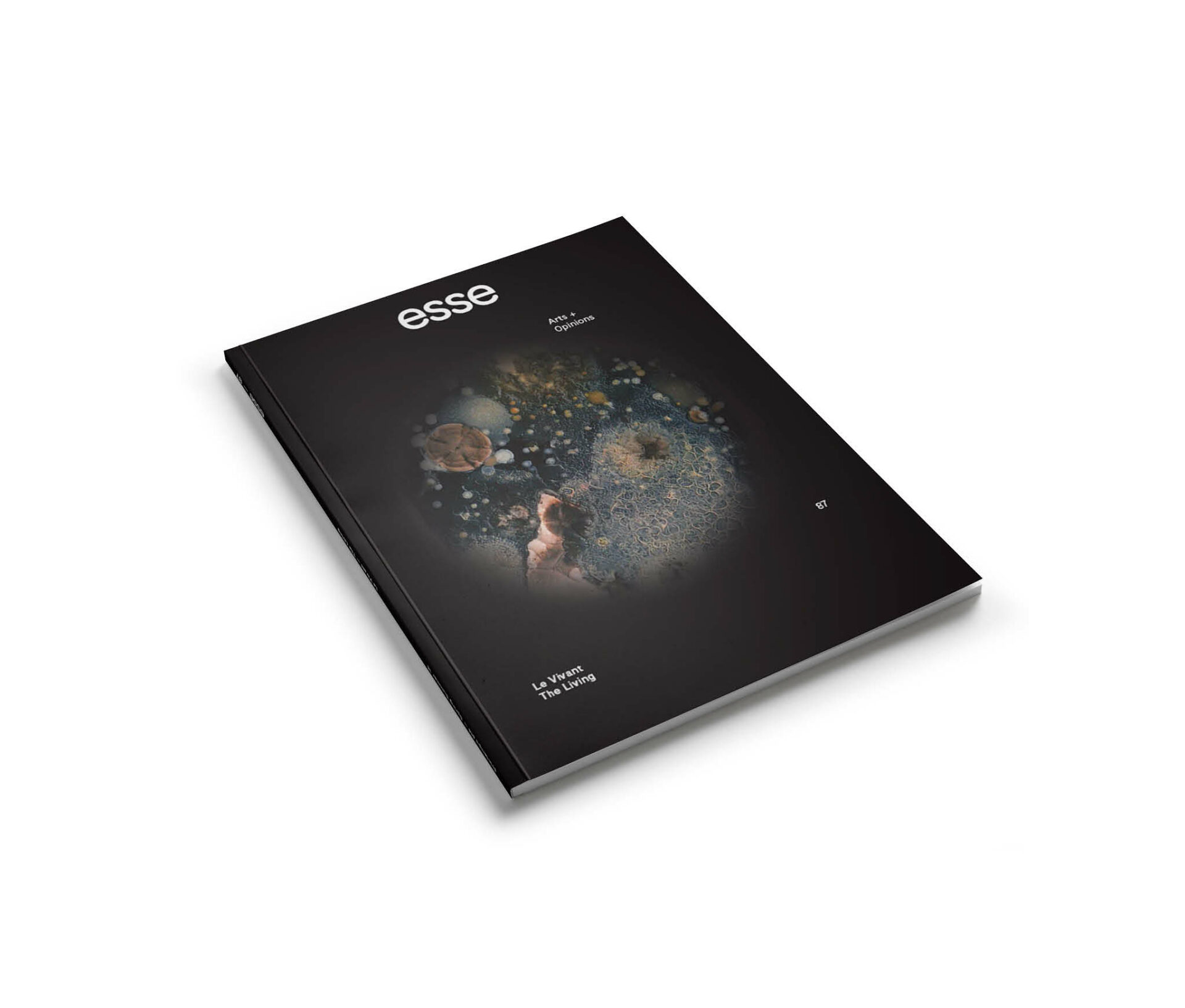
Beyond Zoocentricism : An Interview with Giovanni Aloi
Ariane De Blois : Art has historically been conceived as a highly cultural activity that distinguishes human beings from other living creatures — a conception that reinforces the notion of human exceptionalism. Similarly, visual representations have traditionally tried to emphasize the dichotomies between the natural and the human-made. Your journal, Antennae, specifically seeks contributions that go beyond the nature-culture opposition and debunk those old assertions. Can you explain how contemporary theories and artworks critically challenge the “great divide” between humans and non-humans?
